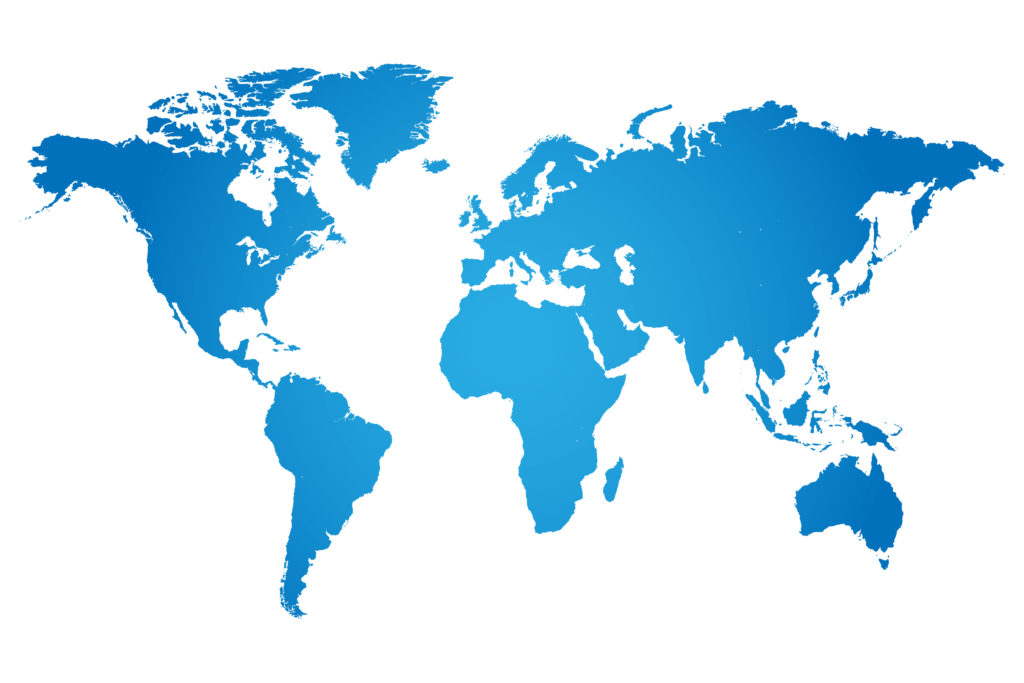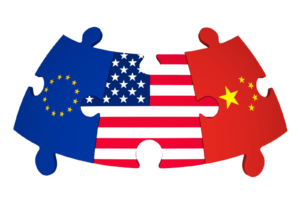As more U.S. companies and individuals seek to sell their goods and services in foreign markets, it is important they obtain trademark protection in these markets. One way to minimize the cost of obtaining trademark protection abroad is to make use of the Madrid System. With the UAE‘s accession to the Madrid Protocol (which together with the separate Madrid Agreement form the Madrid System) earlier this year, the Madrid System now covers 125 countries, including the U.S., China, and the European Union (EU).
1. Cost savings
Rather than file separate national applications in each country where trademark protection is sought, U.S. companies and individuals may apply for an International Registration (IR) with the Geneva-based World Intellectual Property Organization (WIPO), then extend that IR to one or more other Madrid System countries. The fees and costs associated with directly filing a national trademark application with the trademark office of a particular Madrid System country (including the fees and costs of local counsel) are avoided and replaced with the lower overall fees and costs of the Madrid System. Rather than incurring separate renewal fees and costs in each country, the owner of an IR can pay a single renewal fee to WIPO to cover renewals in all countries to which the IR has been designated. The same centralized administration and cost savings also apply to trademark assignments, mergers and name changes.
2. Obtaining an IR
To be able to obtain an International Registration (IR), the applicant must be a national of, domiciled in, or have a real and effective commercial establishment in one of the Madrid member countries. An application for an IR must be based on an existing (base or home) application or registration in the applicant’s home country and the application must be the same as the basic application or registration (except that the specification of goods and services can be narrower, but cannot exceed the specification of goods and services of the base application or registration). An application at the time of filing must also designate one or more countries to which the IR will be extended. Additional countries may subsequently be added at any time.
For example, a company domiciled in the U.S. may file an application for an IR with the United States Patent and Trademark Office (USPTO) based on the company’s pending U.S. application or registration for the same mark and designate Japan and Mexico as countries to which the IR should be extended. If the application qualifies as to form, the USPTO will transmit the application to WIPO. If WIPO determines the application complies with all applicable formalities, WIPO will then transmit the application to the national trademark offices of Japan and Mexico, which will then have up to 18 months (longer in certain circumstances) to accept or reject the application for protection in their respective countries.
By using the System, the applicant can avoid having to retain (and pay for) local counsel in both Mexico and in Japan to file a national application. It should be noted, however, that if the trademark office of a particular country objects to the Madrid System application, the applicant will normally need to retain local counsel to try to overcome the objection(s) with the local trademark office.
3. Obligation to use the mark
Once registered, the IR is subject to national requirements regarding use of the mark in each country to which the IR has been designated. In most countries, a mark must be used within five years of the registration date. Thereafter, use of the mark should not be discontinued for any continuous period of more than five years.
4. Infringement of a trademark that is the subject of an IR
An IR that has been accepted in a given country is entitled to the same protection as a national trademark registration. The same rules as apply to a national trademark registration will determine whether an IR is infringed, and any action to enforce the IR must be sought at the country level. Any relief granted for trademark infringement in a particular Madrid System country is limited to that country.
5. IR dependent on base (home) registration for five years
An IR is dependent on the base registration (home) registration for a period of five years. Accordingly, any changes made to the base application or registration within that period will also apply to the IR in all countries. For example, if for any reason the base registration is cancelled during this period, the IR will no longer be effective. However, if the base registration is cancelled, the owner of the IR may convert the IR to national applications in each country to which the IR has been designated, and still maintain the filing (and therefore the priority) date of the original application. Based on the foregoing, the owner of an IR should take steps to ensure that the base registration remains valid during this 5-year period.
6. Term of validity of an IR
An IR is valid for ten years and it is renewable for unlimited consecutive 10-year periods.
7. Your international branding strategy
By using the Madrid System, trademark owners can avoid hiring local counsel to file national trademark applications and maintain the national registrations once they are issued. However, the process of obtaining an IR, then extending it to one or more countries, does involve some cost, so trademark owners typically need to extend an IR to at least 3-4 countries to realize cost savings as compared to filing national applications in the same countries.
Trademark owners must also take into account the fact that the IR will be dependent on the base (home) registration for five years, and that other approaches may better fit the trademark owner’s particular circumstances. Owners should also be mindful of the restriction on assigning the IR to a party that is not a national of, domiciled in or does not have a real and effective commercial establishment in a Madrid country.

























